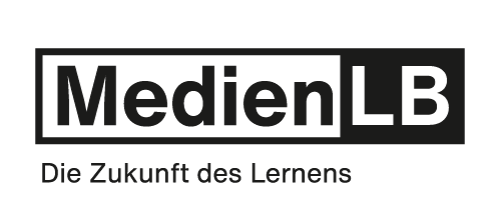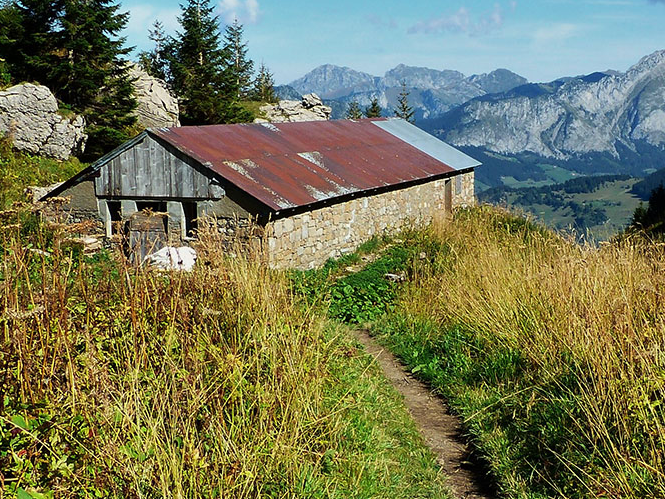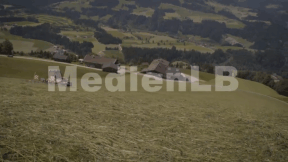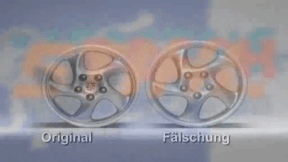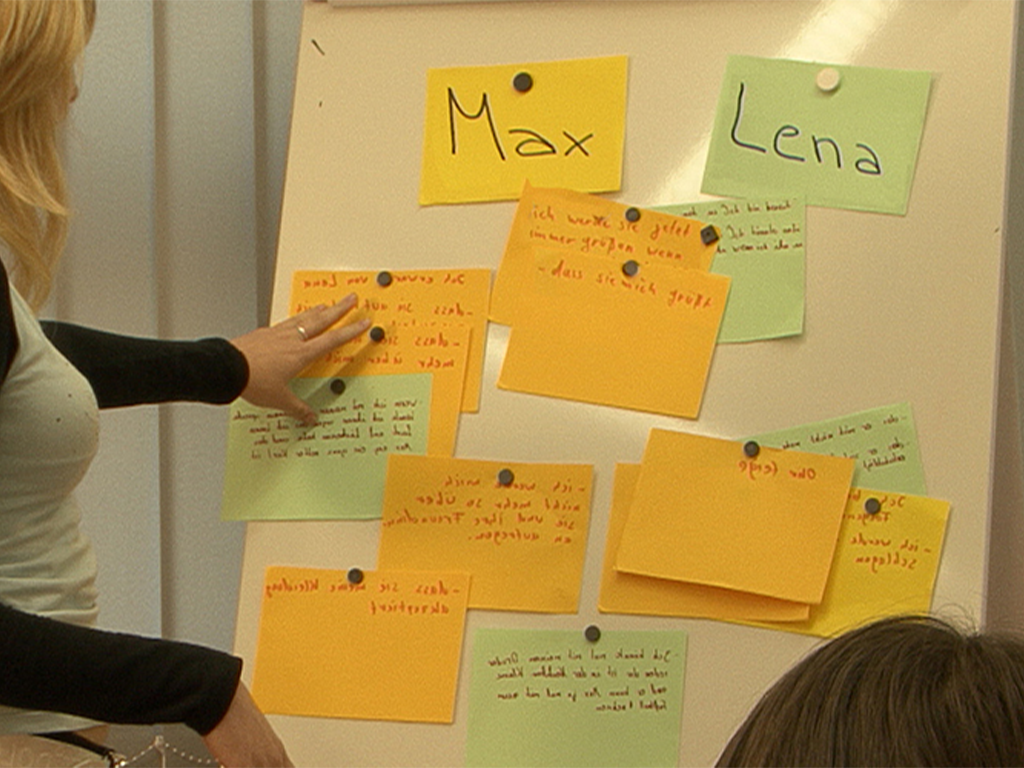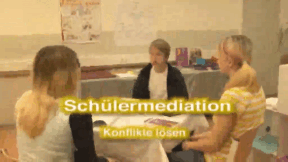 Biology
Biology


4669668 / 5560344
Organic Farm
In Harmony with Nature
That is how we imagine an ideal farm. Free-range hens, cows are being driven from the pasture into the stable, a cat is straying across the yard, the dog is watching over everything... This farm of farmer Ponzaun, however, exists today only because he need not subsist on the profit he makes from selling the products grown on his farm. The main income on the Ponzaun farm derives from the guests who want to experience once again what life was like on a farm in former times. During their holiday on the farm the children and the grown-ups want to participate in the daily life that is determined by the care for and life together with the animals and nature.
Play trailer

Curriculum-centred and oriented towards educational standards
Matching
Bauernhof
Die Landwirtschaft ist die Quelle unserer Nahrung. Fleisch, Gemüse und Milch werden in landwirtschaftlichen Betrieben produziert.
Product Piracy
Counterfeiting takes place in almost all economic sectors – textiles, watches, car parts, machine parts, tools, accessories, software and medicines. Some counterfeits are easy to recognise, others are so well-executed that even experts have difficulty distinguishing between original and imitation. This DVD covers the development of a product from idea to manufacture. Once a product has become a trademark, product pirates appear on the scene.
Peer Mediation
Lena and Max attend the 7th form. Max is new in class. During a break, Max notices that Lena and her friend are laughing at him again. Max loses his temper! He slaps Lena in the face. That hurts and Lena runs back into the classroom with a red cheek. The growing conflict between the two has escalated. Just like Lena and Max, every day pupils all over Germany have rows with each other. At the Heinrich Hertz Gymnasium in Thuringia, pupils have been trained as mediators for years. At set hours, they are in a room made available by the school specifically for mediation purposes. The film describes the growing conflict between Max and Lena and shows a mediation using their example. In doing so, the terms “conflict” and “peer mediation” are explained in a non-technical way. The aims of peer mediation and its progress in five steps as well as the mediators’ tasks are illustrated. The art of asking questions and “mirroring”, which the mediators must know, is described and explained. Together with the comprehensive accompanying material, the DVD is a suitable medium to introduce peer mediation at your school, too.



